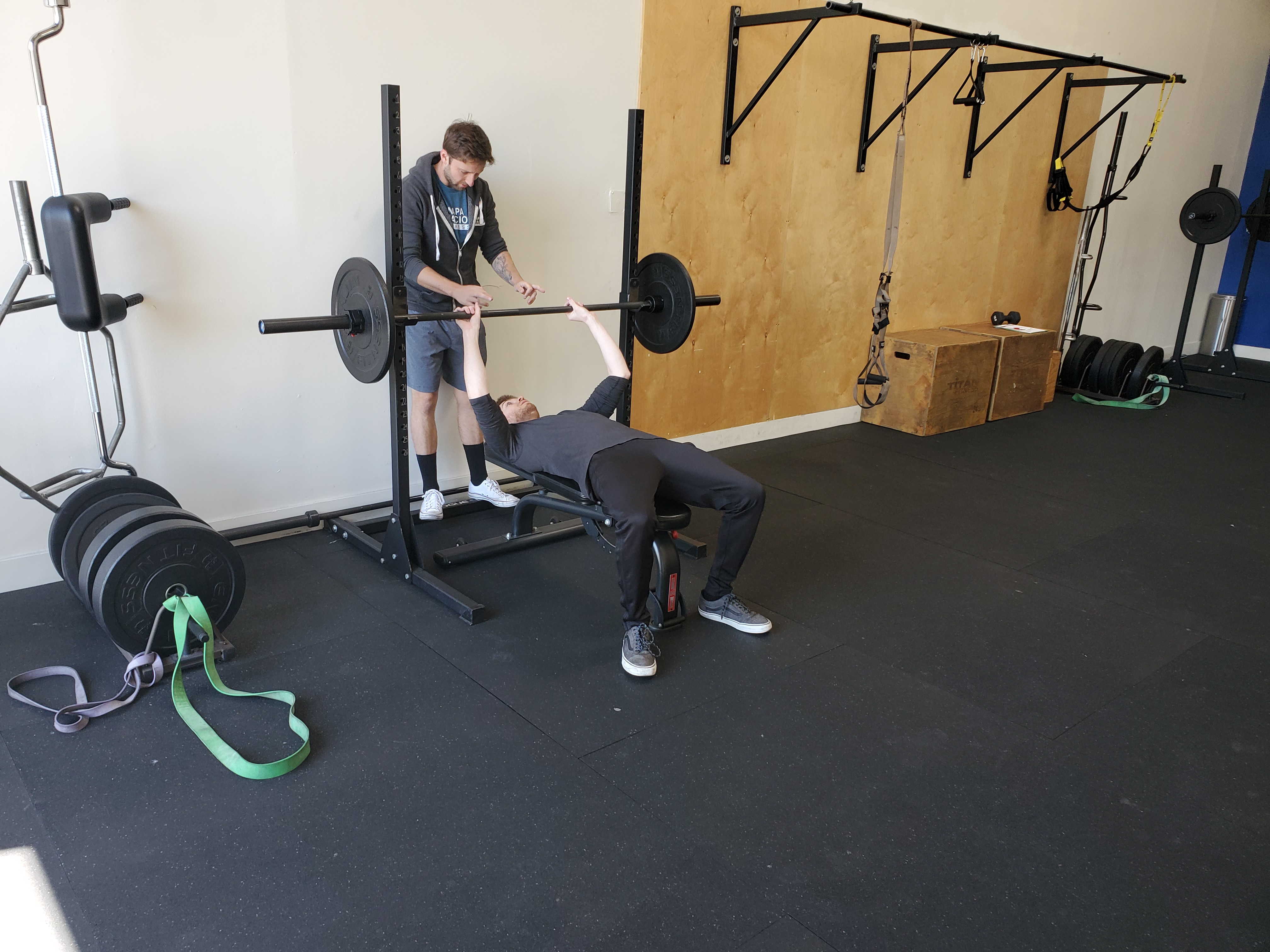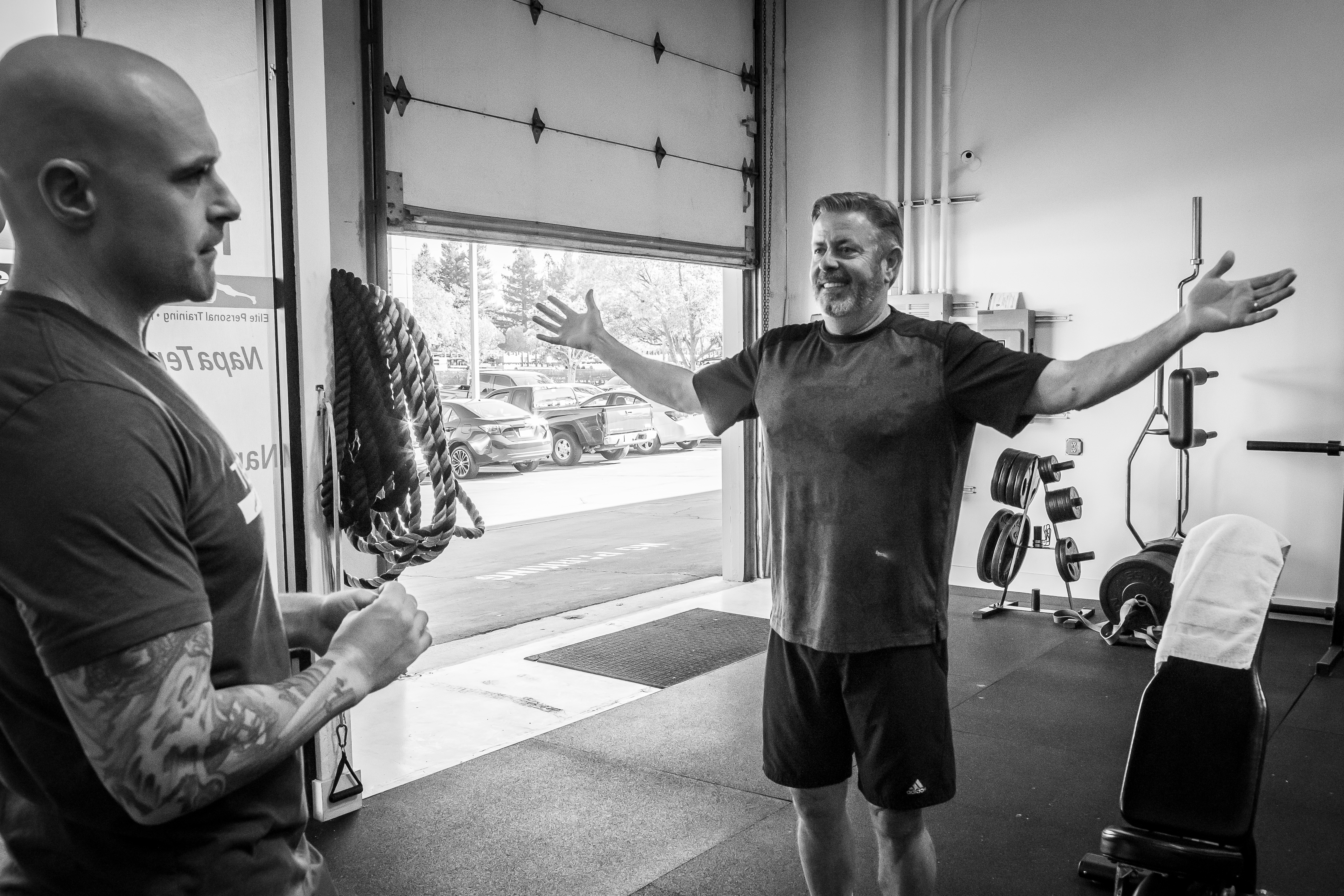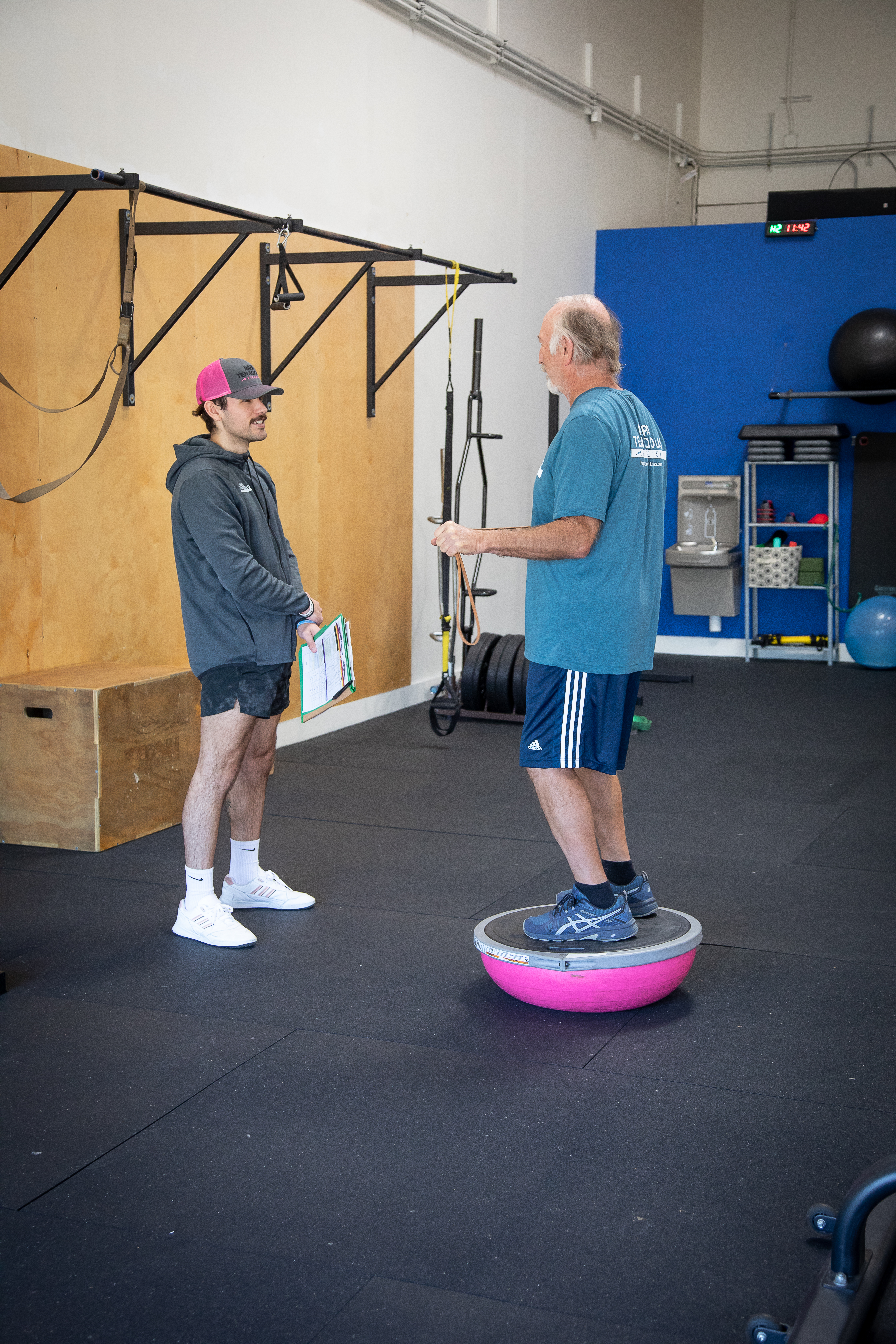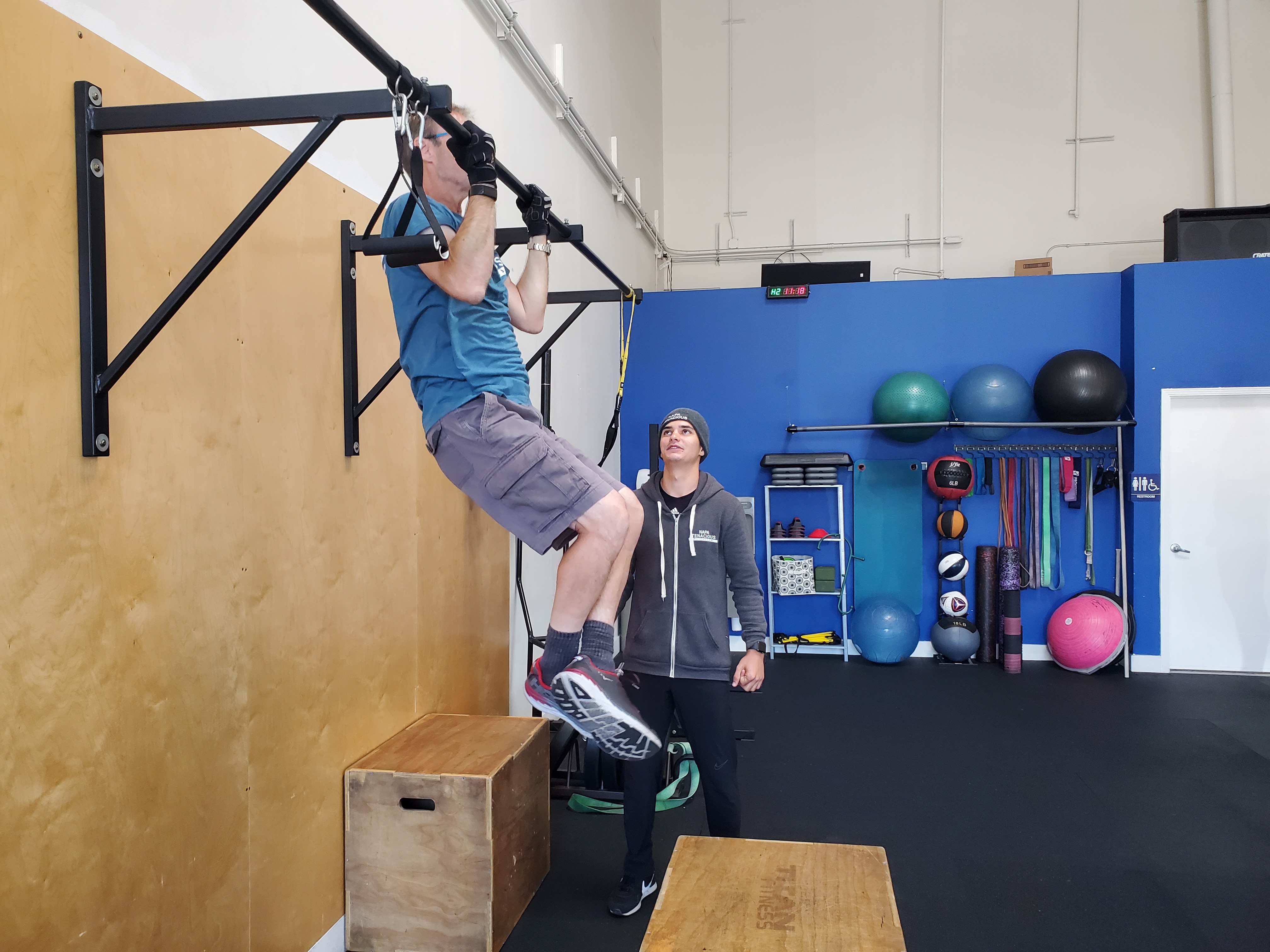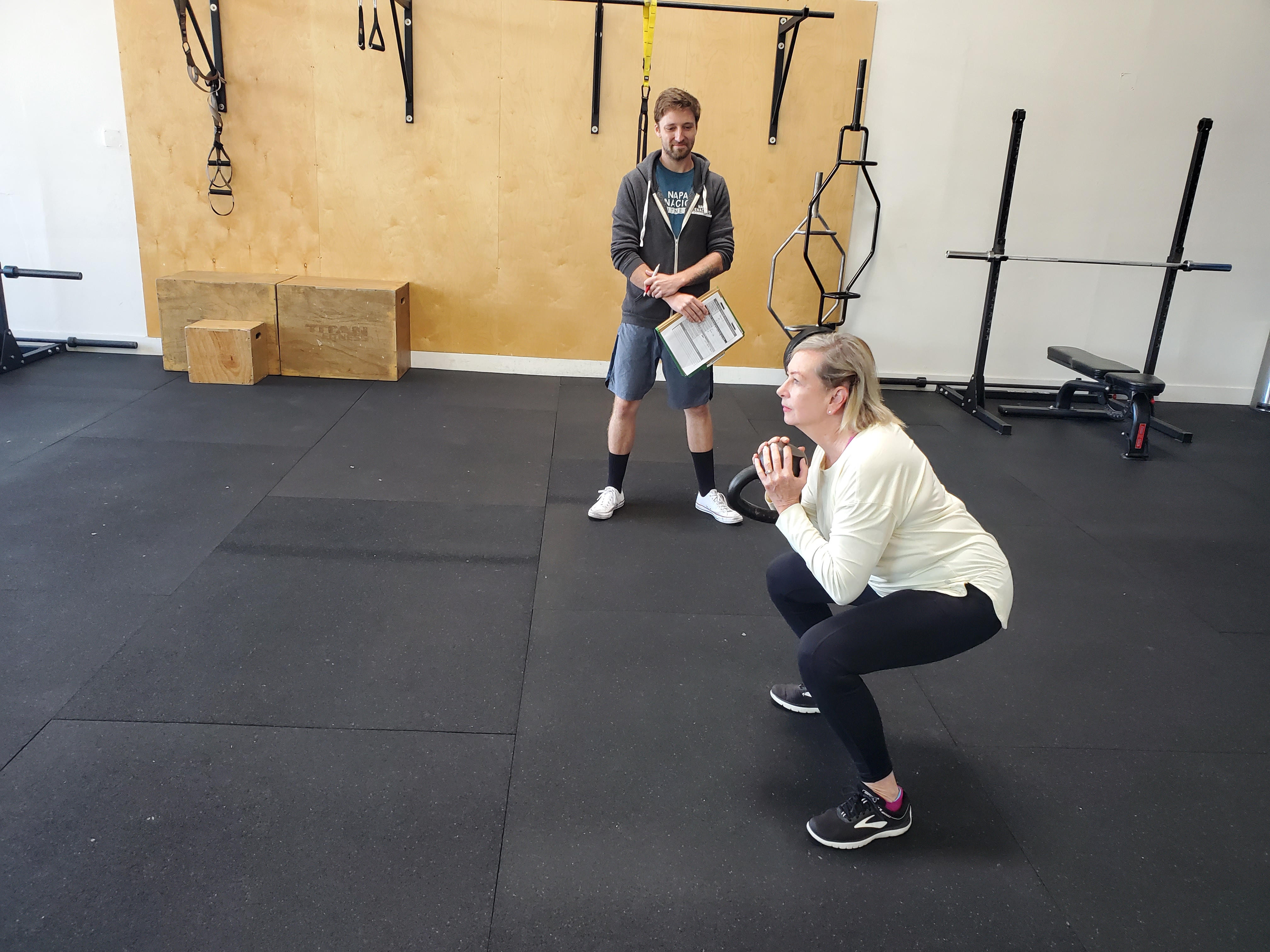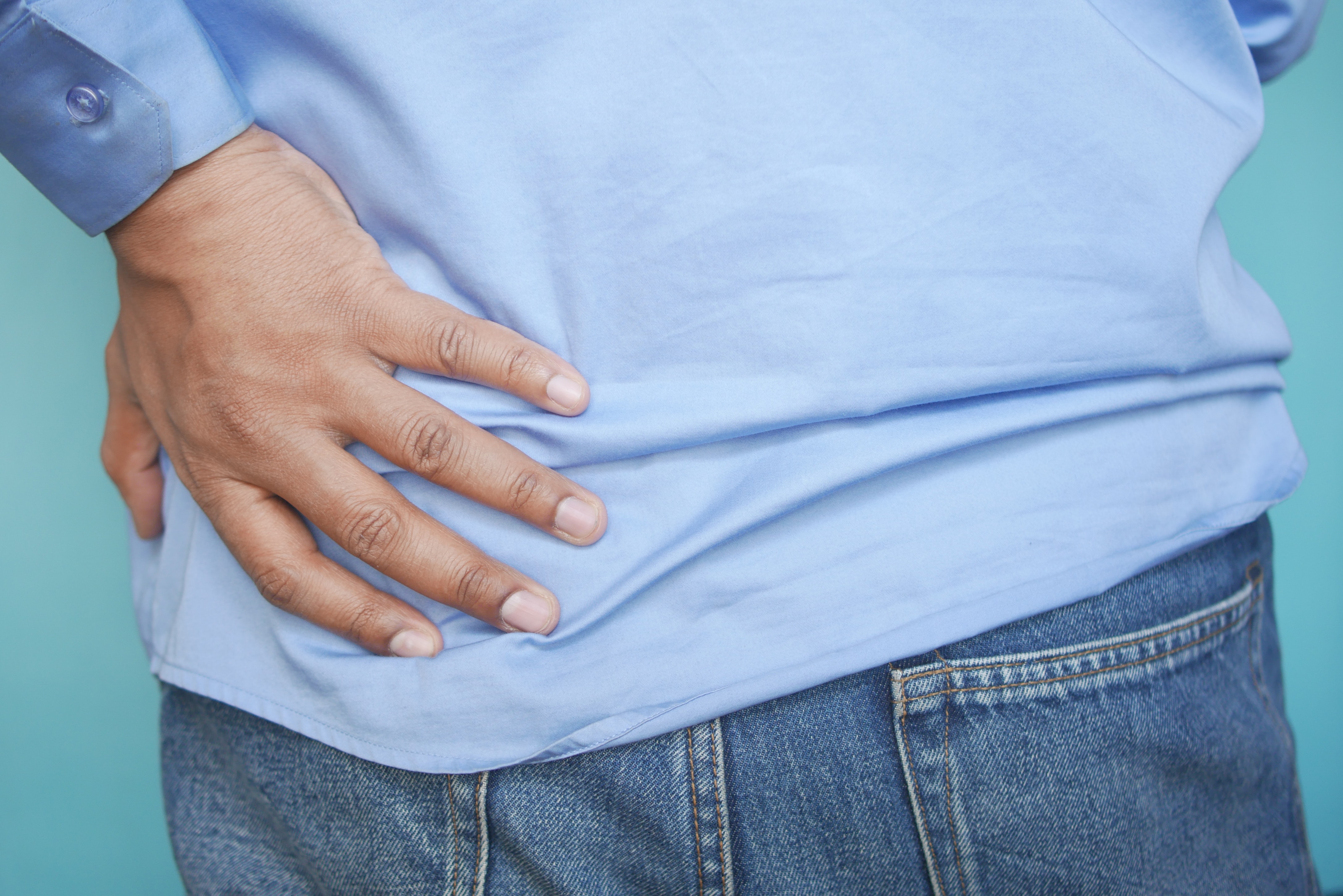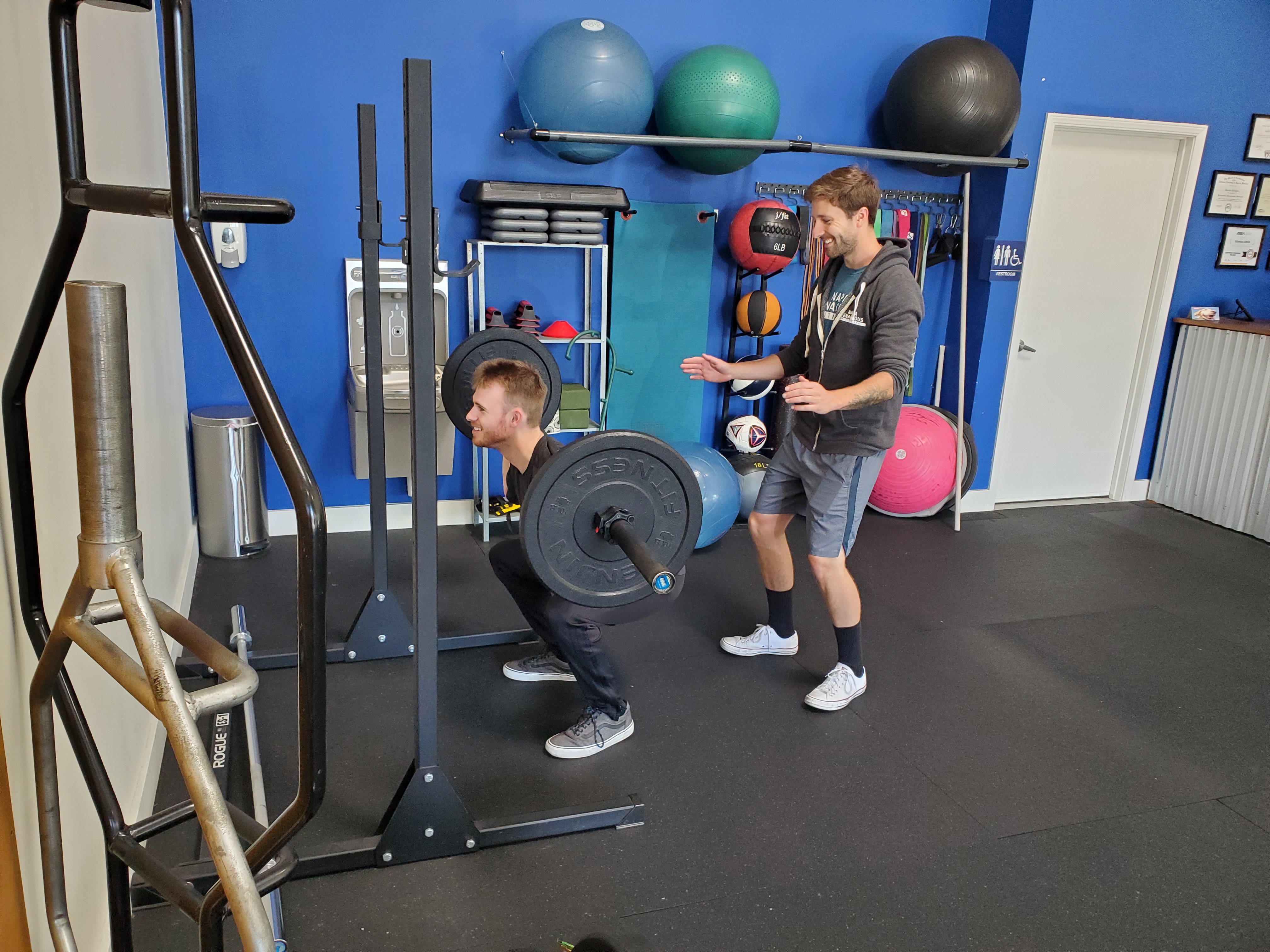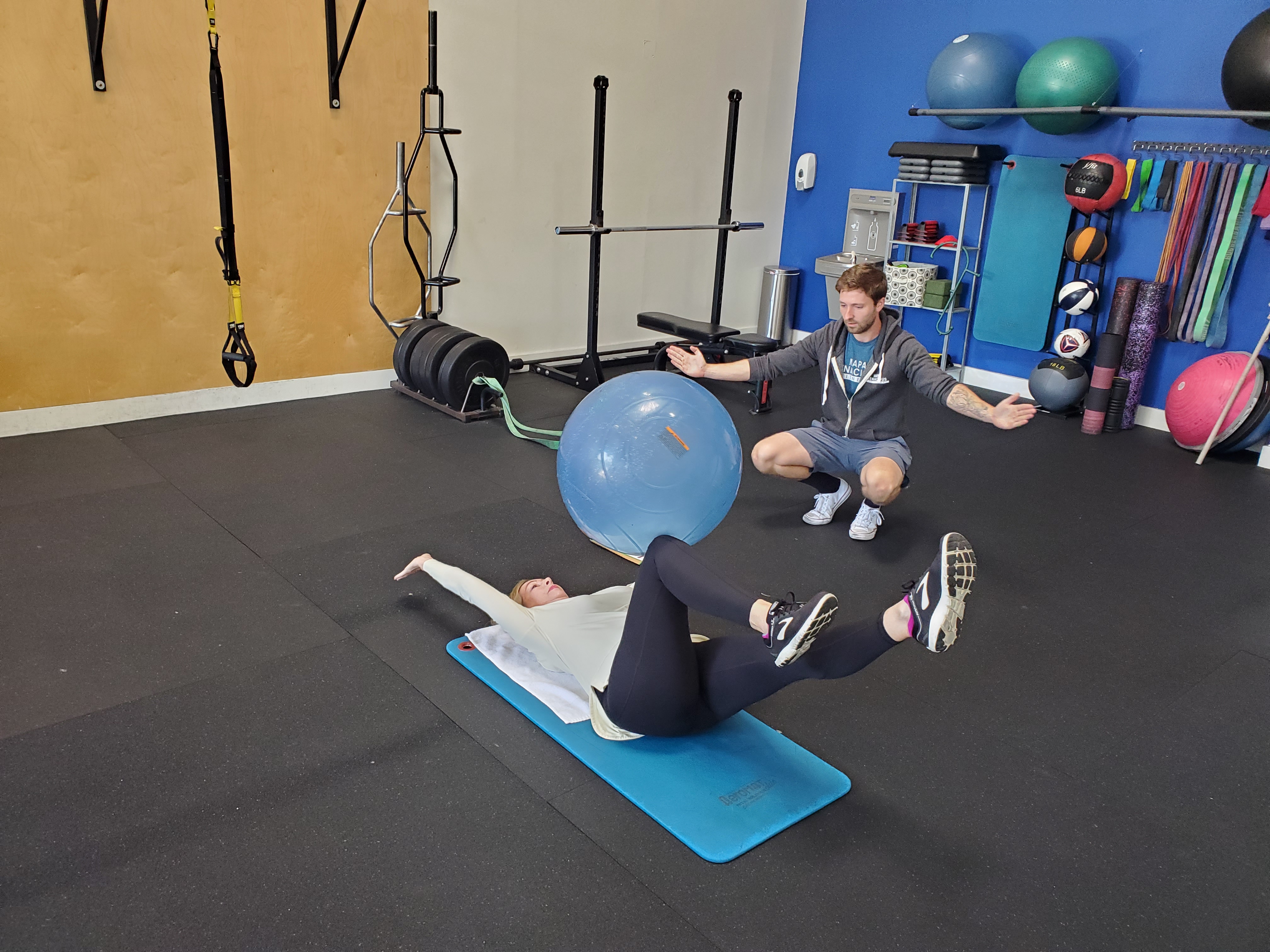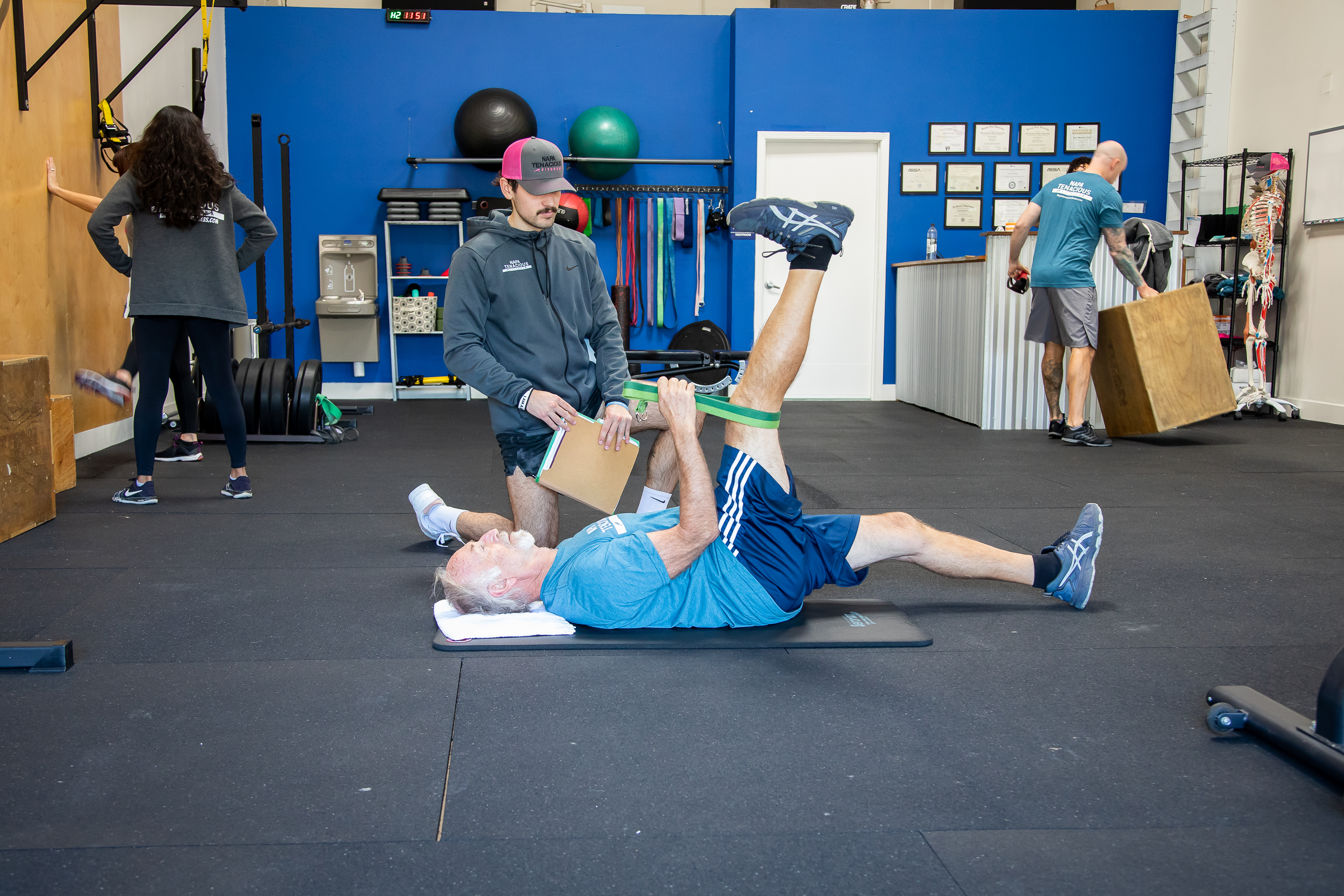As Simone entered the gym, she looked at me for an instant and immediately darted her eyes away from my line of sight. “I know, I know. You’re going to ask me if I did my fitness homework routine last week.” Then, following an exaggerated, drawn-out sigh, she exclaimed, “I only did one workout last week.” I felt like a dad waiting at the door for his teenage daughter to come home late from prom past curfew.
After a brief awkward staredown between the two of us, we waited for the moment in which one of us would break the deafening silence. “Did you have a rack of ribs and a pint of ice cream? I bet you ‘tapped the Rockies’ and chased that down with a six-pack of Coors Light too.” I jokingly asked. Knowing each other’s sense of humor, we smiled and burst into raucous laughter.
I knew Simone didn’t make suboptimal food choices often. In fact, as one of our personal training clients for over two years, she has made monumental strides in her fitness journey. Two years of personal training, embracing a lean protein and veggie concentrated diet, and limiting herself to one night a week of drinking wine have refined her body to become a strong and healthy vessel. She has built a foundation of converting fat mass into lean muscle mass, increased her overall physical strength, and forged a crucible of healthy habits in the time we coached her. Unfortunately, she was being a little hard on herself. After some side-aching laughter, Simone remarked, “On top of that rack of ribs, I got a hankering for some Denny’s and made a late night run to ‘woof’ down some pancakes at 2 AM!” Simone had to travel multiple times for work obligations the previous week. This made paving out time for exercise sessions challenging. We were able to turn her feelings of guilt into a comedy show because Simone knew she had one unusual week in which she deviated from her path to achieving her goal amount of exercise sessions last week.
Following Simone’s testimony of missing a few workouts the previous week, we discussed key points of how this missed week of fitness acted as a critical success factor for her health and fitness goals. First, she experienced a productively healthy withdrawal symptom from missing her workout. She didn’t throw her hands up in the air and admit defeat. Instead, she had an emotion she didn’t want to endure again. This feeling of missing her workout was akin to the feeling of being late for a flight. She was genuinely fond of her workouts and felt an emptiness in her life when her exercise time wasn’t there. Simone was more likely to get two or more workouts this upcoming week because she didn’t want to feel this abnormal feeling of missing her exercise sessions.
Two years of consistently training twice per week with a personal fitness coach meant she completed around ninety-six workouts per year. She also tracked how many nights she achieved clean eating habits and how much alcohol she consumed. The tradition of adhering to a minimum of exercising twice per week became her new normal. These healthy habits rewarded her with a barometer of emotional feedback letting her body know adhering to fitness benefited her. It didn’t feel right if she missed a workout throughout her week. However, this is a good thing. These additions of making exercise sessions part of the week are significant changes that install healthy adaptations to our psychological and physiological well-being.
It’s important to avoid being too hard on yourself for missing a workout or having one suboptimal day of dietary decision-making. We are all human. The wonderful thing about being human is that we wake up the next day with a fresh start. Start exercising an average of one day per week. Then, venture into making a promise that exercising twice weekly is the new normal. Once that habit is installed, it will feel more like a gift and less like a chore each week.
Sean McCawley, the founder and owner of Napa Tenacious Fitness in Napa, CA, welcomes questions and comments. Reach him at 707-287-2727, napatenacious@gmail.com, or visit the website napatenaciousfitness.com.

